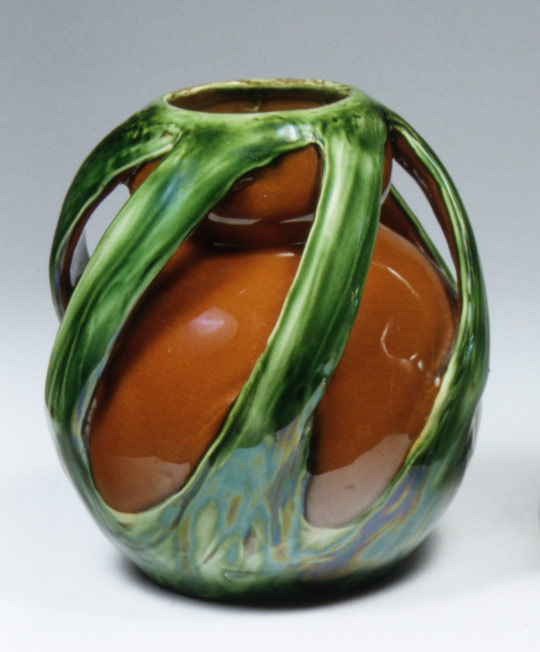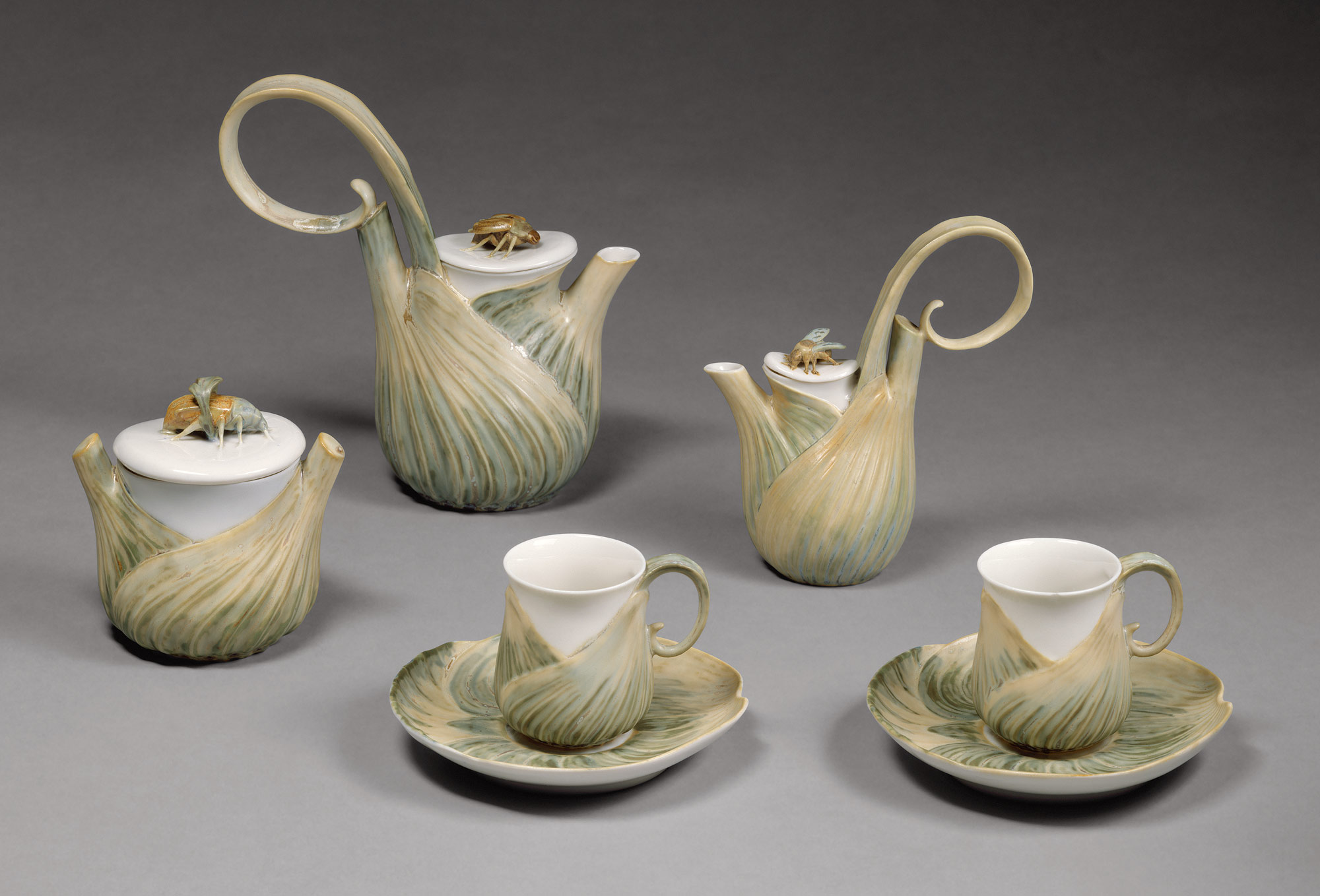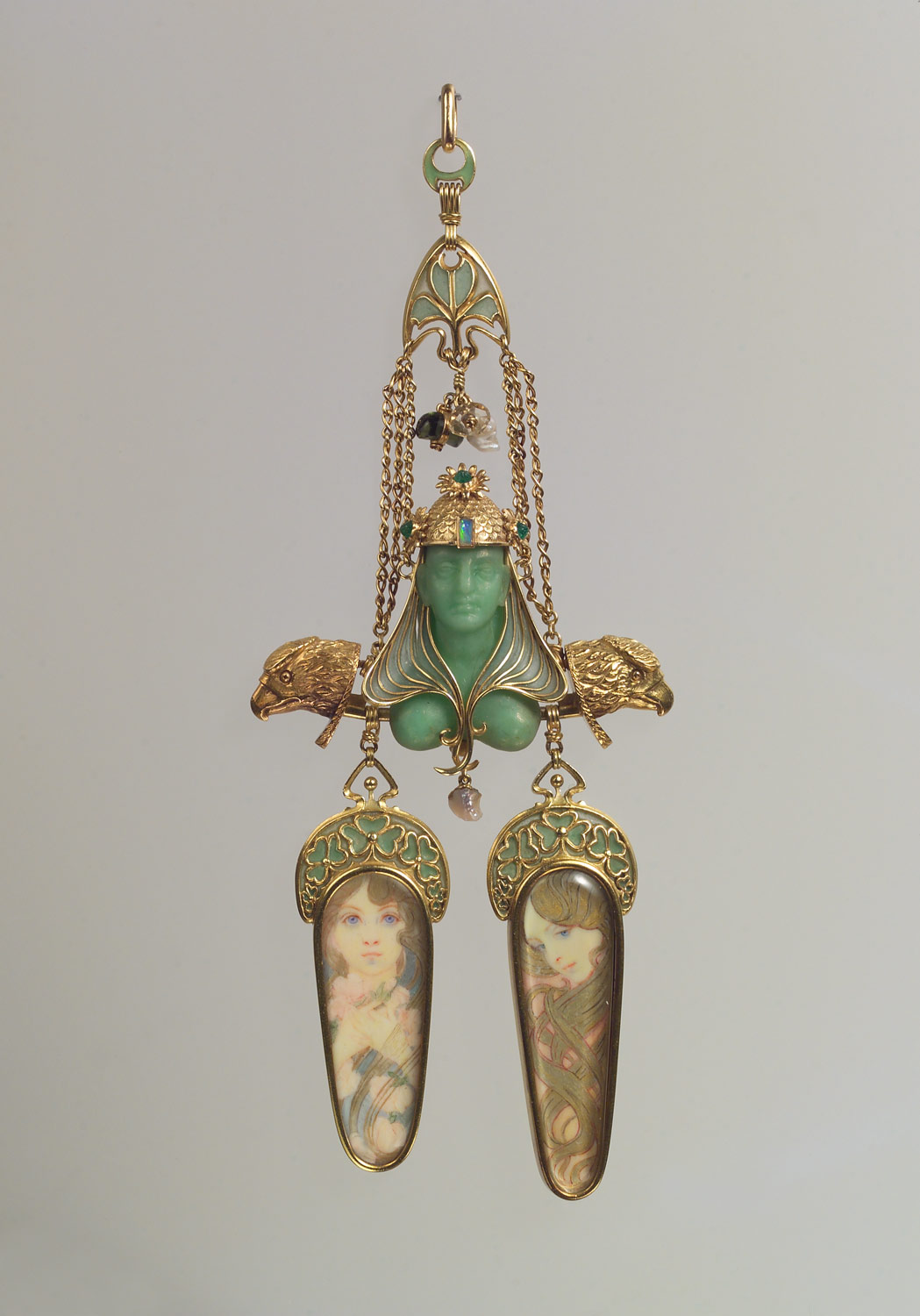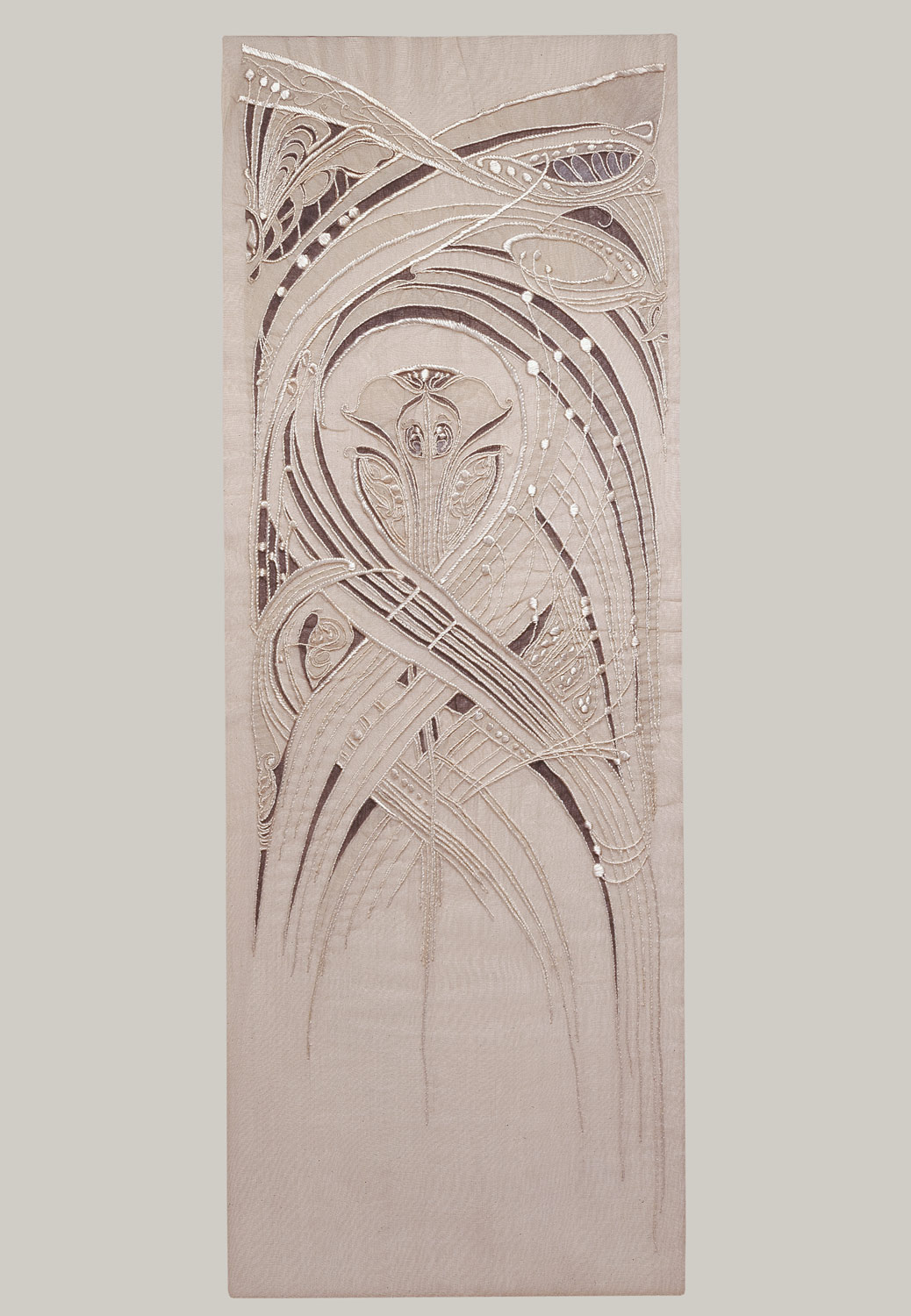In 1853, after Japanese has reopened to start trading with the West, foreign imports filled European shores. This included woodcut prints by masters of the ukiyo-e school which changed Impressionist and Post-Impressionist art by showing that simple, everyday subjects from "the floating world" could be presented in an appealing decorative way. It is known that James Whistler discovered Japanese prints in a Chinese tearoom close to London Bridge, and that Claude Monet has first come upon them used as wrapping paper in a shop in Holland.James Tissot and Edgar Degas were in the earliest collections of Japanese art that took place in France, but their work was effected by exotic things in different ways. Unlike Tissot and others who had come under the spell of Japan, Degas avoided staging japoneries that had models dressed in kimonos. Instead he absorbed qualities that he found most sympathetic; elongated pictorial formats, aerial perspective, asymmetrical compositions, spaces emptied of all but abstract elements of line and colour, and a focus on singularly decorative motifs.
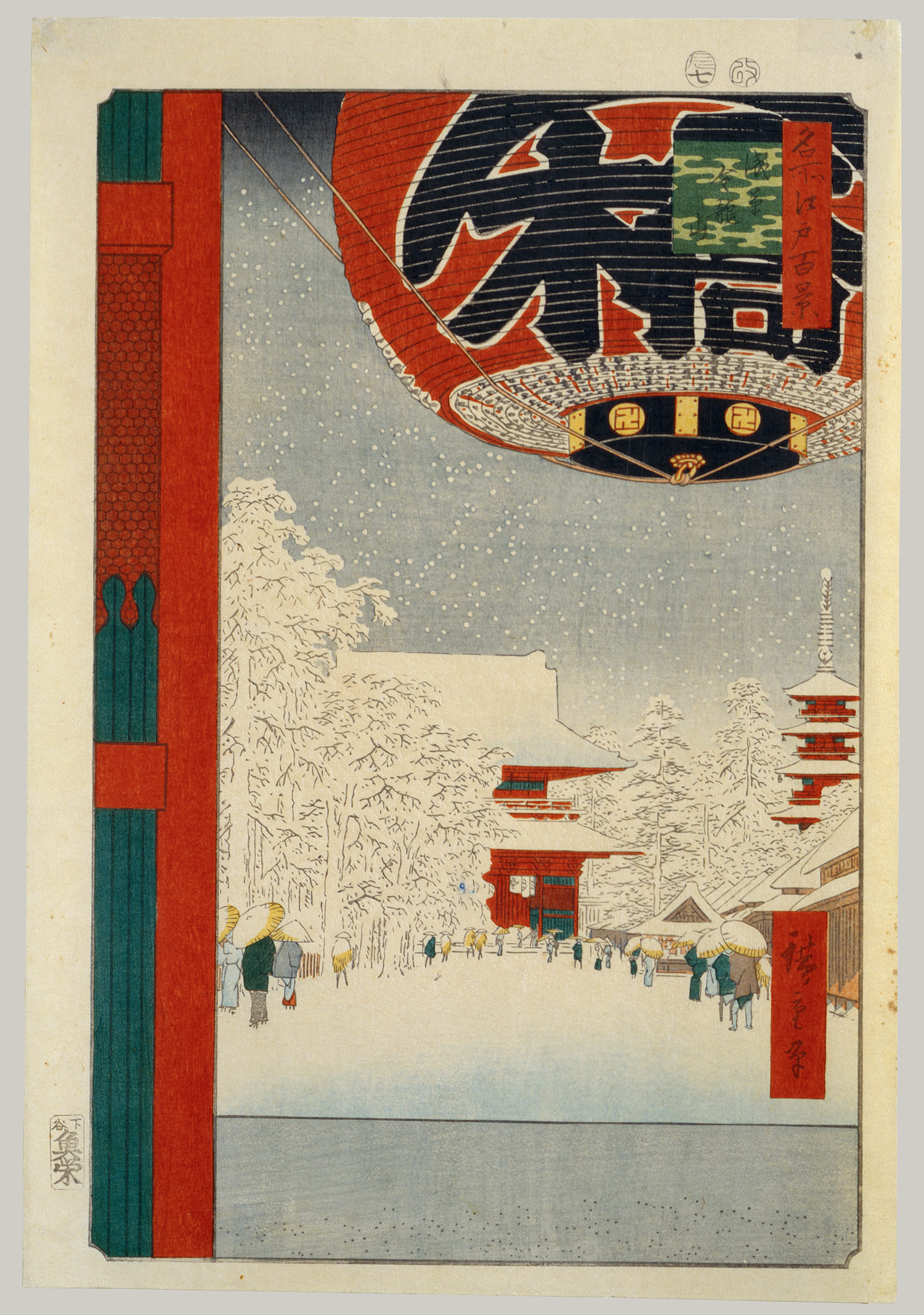
Kinryusan Temple at Asakus, from the series One Hundred Famour Views of Edo, 1856 - Ando Hiroshige

Kamedio Plum Garden, from the series One Hundred Famous Views of Edo, 1857 - Ando Hirosage

Flowering Plum Tree, 1887 - Vincent Van Gogh
References:
Japonisme | Thematic Essay | Heilbrunn Timeline of Art History | The Metropolitan Museum of Art. 2013. Japonisme | Thematic Essay | Heilbrunn Timeline of Art History | The Metropolitan Museum of Art. [ONLINE] Available at: http://www.metmuseum.org/toah/hd/jpon/hd_jpon.htm. [Accessed 15 May 2013].
Ando Hiroshige: Kinryusan Temple at Asakusa: From the series One Hundred Famous Views of Edo (JP2519) | Heilbrunn Timeline of Art History | The Metropolitan Museum of Art. 2013. Ando Hiroshige: Kinryusan Temple at Asakusa: From the series One Hundred Famous Views of Edo (JP2519) | Heilbrunn Timeline of Art History | The Metropolitan Museum of Art. [ONLINE] Available at: http://www.metmuseum.org/toah/works-of-art/JP2519. [Accessed 15 May 2013].
Floating Along in the World of Japanese Prints: Japonisme. 2013. Floating Along in the World of Japanese Prints: Japonisme. [ONLINE] Available at:http://www.ginacolliasuzuki.com/japanese_prints/japonisme. [Accessed 15 May 2013].











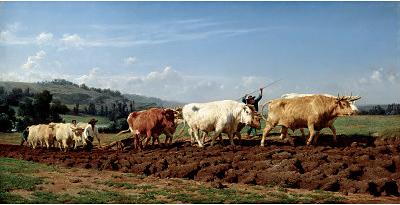
![Wilhelm Leibl, <i>Three Women in Church</i> [<i>Drei Frauen in der Kirche</i>] (1882)](http://www.germanhistorydocs.ghi-dc.org/images/30888-p.jpg)


